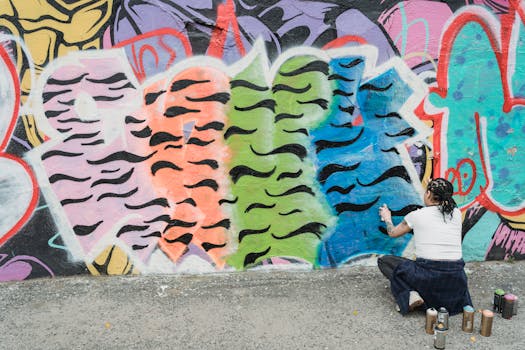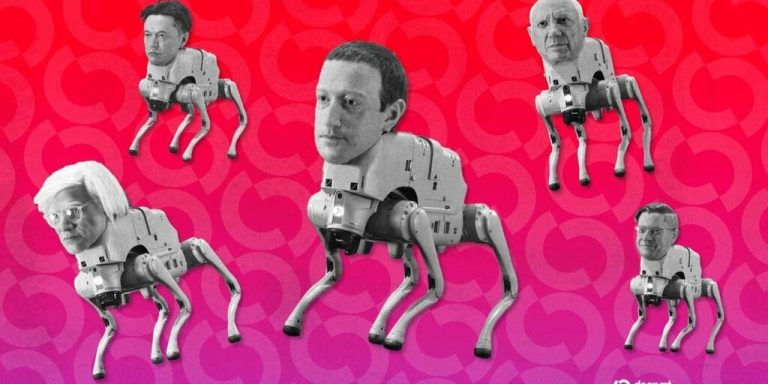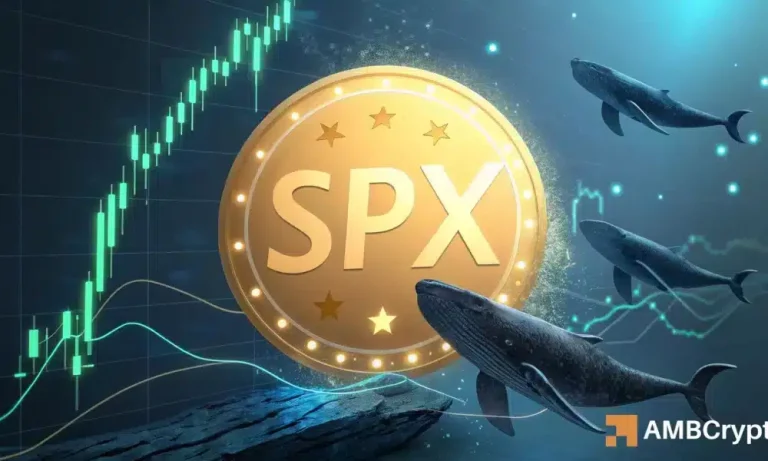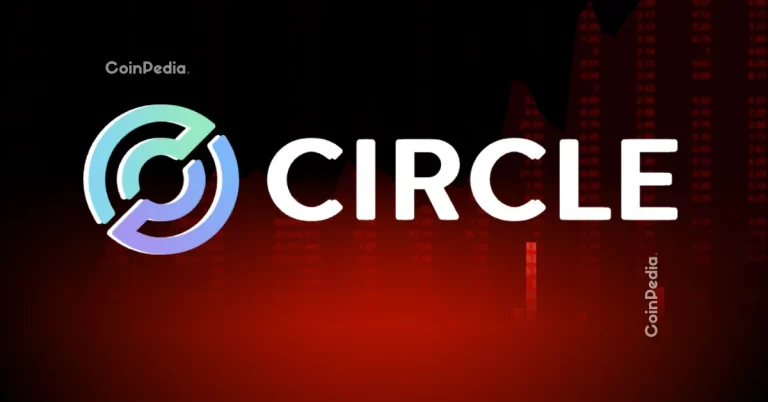
The Evolution of Street Art: From Graffiti to Galleries
Takeaways: Street art has undergone a significant transformation from its origins in graffiti to a recognized form of contemporary art. This evolution reflects broader social changes, the rise of technology, and a growing acceptance within the art world. Key figures and movements have played pivotal roles in shaping the trajectory of street art, allowing it to flourish in galleries and exhibitions globally.
The world of street art is as vibrant and dynamic as the cities it inhabits. Once dismissed as mere vandalism, street art has evolved into a powerful form of expression that resonates with diverse audiences. This article will explore the journey of street art from its rebellious beginnings as graffiti to its current status in prestigious galleries around the world.
1. The Roots of Street Art: Graffiti Culture

During this period, graffiti was heavily influenced by hip-hop culture, which celebrated individuality and artistic expression. Writers, as graffiti artists are often called, developed unique styles and techniques, leading to the birth of what is now known as the ‘graffiti subculture.’ Key figures like Keith Haring and Jean-Michel Basquiat began to gain recognition, blending the lines between street art and mainstream art.
As graffiti gained popularity, it also attracted controversy. Many city officials viewed it as a form of vandalism, leading to increased crackdowns and legal repercussions for artists. However, this only fueled the passion of those involved, pushing them to innovate and find new ways to share their art with the public.
2. The Transition: From Streets to Galleries

Art galleries and museums started to take notice, and several began to host exhibitions dedicated to street art. The first major exhibition of its kind was “Graffiti Art Success for the Wrong Reasons” at the Museum of Contemporary Art in Los Angeles in 2006. This event marked a turning point, showcasing street art as a vital component of contemporary culture.
As street art transitioned into galleries, artists found new opportunities for visibility and validation. The commercialization of street art led to a unique paradox, as many artists grappled with the balance between maintaining their authentic street identity and achieving wider recognition in the commercial art world. This duality often sparked debates about the commodification of street art and its implications for the artists involved.
3. The Global Phenomenon: Street Art Today

Moreover, social media has played a significant role in the evolution of street art. Platforms like Instagram allow artists to share their work with a vast audience, enabling them to gain recognition and connect with fans and fellow artists. This accessibility has democratized the art world, allowing emerging artists to break into the scene without traditional gatekeeping.
Additionally, street art continues to evolve with technology. Augmented reality and interactive installations are becoming increasingly popular, allowing viewers to engage with artworks in innovative ways. Artists are also using digital tools to create virtual murals and engage in global conversations about art and activism.
Conclusion







